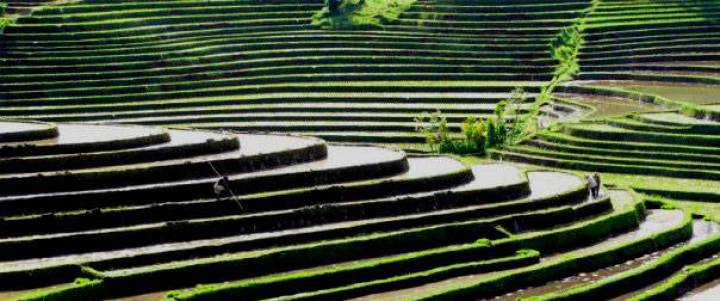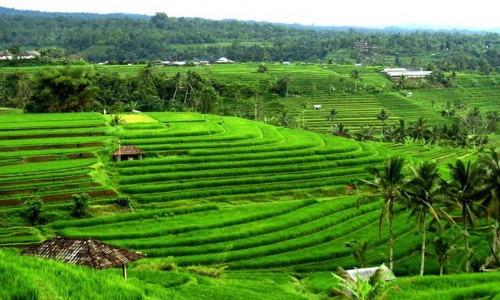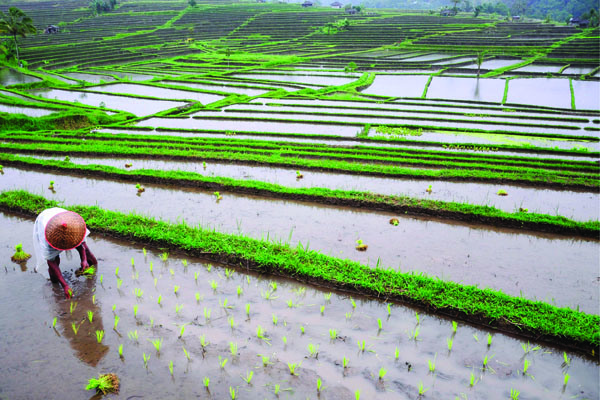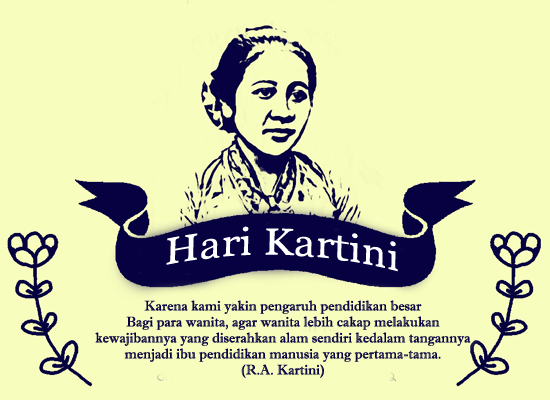A key to the Balinese psyche is the subak system of rice-field irrigation. Through collaborative arrangements, water that starts high in the mountains flows from one farmer’s field to the next, with the last plot of land assured it won’t be left dry.
Regulating a system that apportions a fair share to everyone is a model of mutual cooperation and an insight into the Balinese character. (One of the strategies used is to put the last person on the water channel in control.)
The complexities of tilling and irrigating terraces in mountainous terrain require that all villagers share the work and responsibility. Under a centuries-old system, the four mountain lakes and criss-crossing rivers irrigate fields via a network of canals, dams, bamboo pipes and tunnels bored through rock. More than 1200 subak (village associations) oversee this democratic supply of water, and every farmer must belong to his local subak, which in turn is the foundation of each village’s powerful banjar.
This complex and vital social system was added to Unesco’s World Heritage List in 2012. Specific sites singled out include much of the rice-growing region around Tabanan, Pura Taman Ayun, the Jatiluwih rice terraces and Danau Batur.
Although Bali’s civil make-up has changed with tourism, from a mostly homogenous island of farmers to a heterogeneous population with diverse activities and lifestyles, the collective responsibility rooted in rice farming continues to dictate the moral code behind daily life, even in the urban centres.
Jatiluwih Rice Fields
At Jatiluwih, which means ‘truly marvellous’ (or ‘real beautiful’ depending on the translation), you will be rewarded with vistas of centuries-old rice terraces that exhaust your ability to describe green. Emerald ribbons curve around the hillsides, stepping back as they climb to the blue sky.
The terraces are part of Bali’s emblematic – and Unesco-recognised – ancient rice-growing culture. You’ll understand the nomination just viewing the panorama from the narrow, twisting 18km road, but getting out for a rice-field walk is even more rewarding, following the water as it runs through channels and bamboo pipes from one plot to the next. Much of the rice you’ll see is traditional, rather than the hybrid versions grown elsewhere on the island. Look for heavy short husks of red rice.
Take some time, leave your driver behind and just find a place to sit and enjoy the views. It sounds like a cliché, but the longer you look the more you’ll see. What at first seems like a vast palette of greens reveals itself to be rice at various stages of growth.
Growing Rice
Rice cultivation has shaped the social landscape in Bali – the intricate organisation necessary for growing rice is a large factor in the strength of community life. Rice cultivation has also changed the environmental landscape – terraced rice fields trip down hillsides like steps for a giant, in shades of gold, brown and green, green and more green. Some date back 1000 years or more.
Subak, the village association that deals with water rights and irrigation, makes careful use of all the surface water. The fields are a complete ecological system, home for much more than just rice. In the early morning you’ll often see the duck herders leading their flocks out for a day’s paddle around a flooded rice field; the ducks eat various pests and leave fertiliser in their wake.
A harvested field with its leftover burnt rice stalks is soaked with water and repeatedly ploughed, often by two bullocks pulling a wooden plough. Once the field is muddy enough, a small corner is walled off and seedling rice is planted there. When it is a reasonable size, it’s replanted, shoot by shoot, in the larger field. While the rice matures, there is time to practice the gamelan (instruments used to play traditional Balinese orchestral music), watch the dancers or do a little woodcarving. Finally, the whole village turns out for the harvest – a period of solid hard work. While it’s only men who plant the rice, everybody takes part in harvesting it.
In 1969, new high-yield rice varieties were introduced. These can be harvested a month sooner than the traditional variety and are resistant to many diseases. However, the new varieties also require more fertiliser and irrigation water, which strains the imperiled water supplies. More pesticides are also needed, causing the depletion of the frog and eel populations that depend on the insects for survival.
Although everyone agrees that the new rice doesn’t taste as good as the traditional rice, the new strains now account for more than 90% of the rice grown in Bali. Small areas of traditional rice are still planted and harvested in traditional ways to placate the rice goddess, Dewi Sri. Temples and offerings to her dot every rice field.







